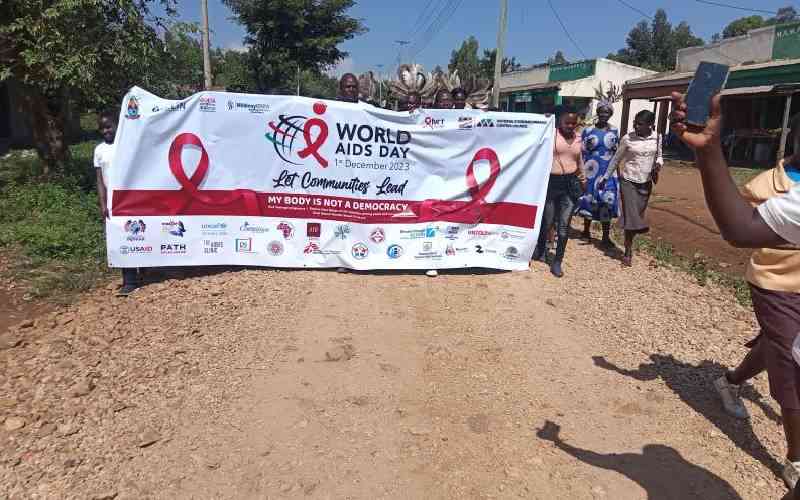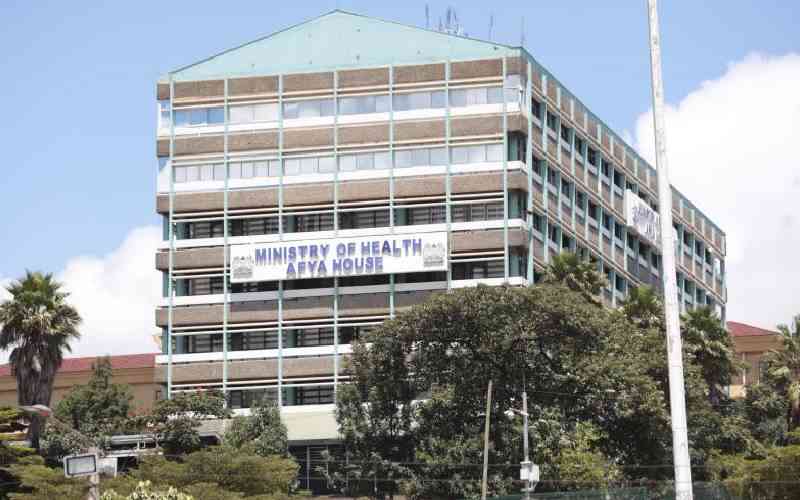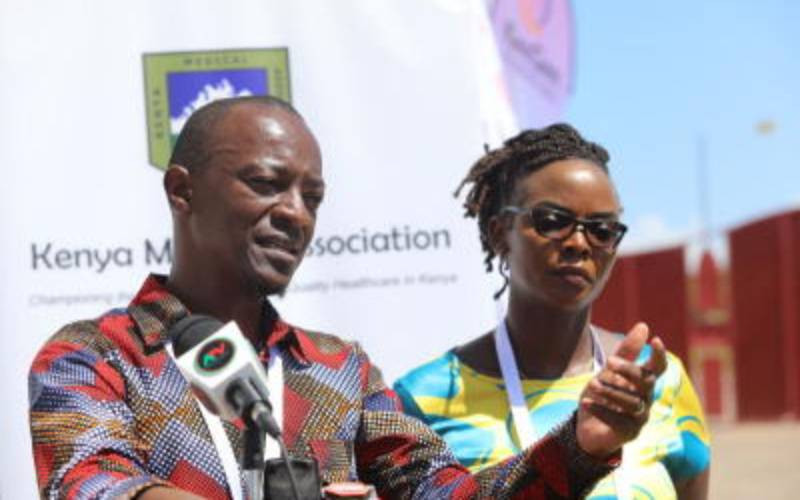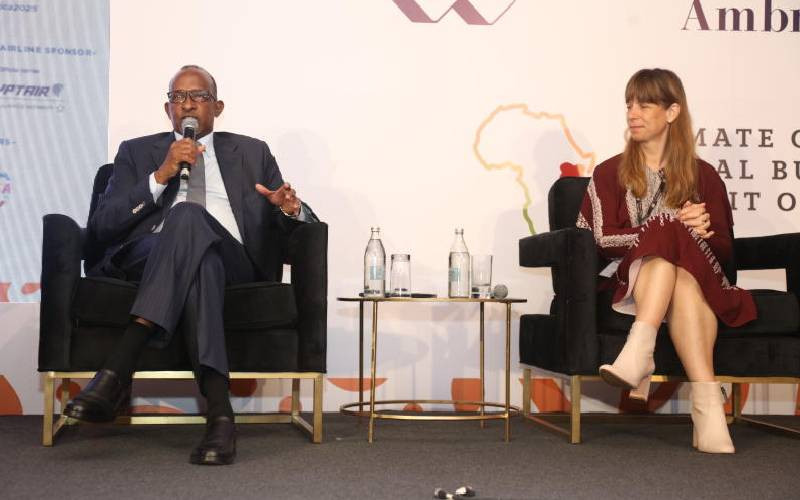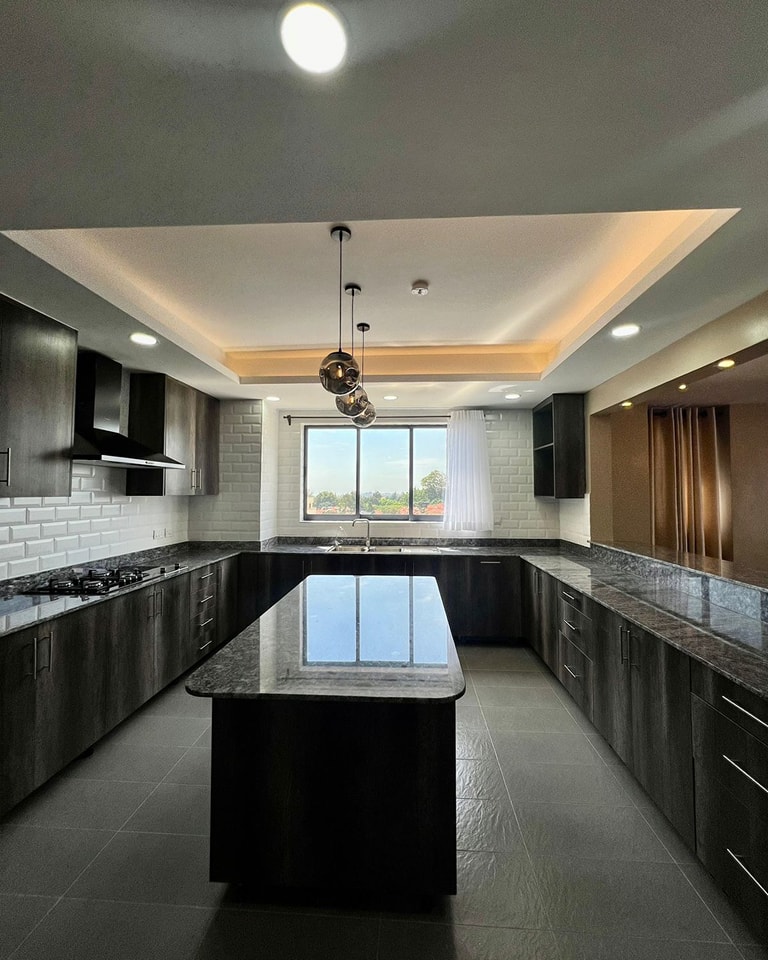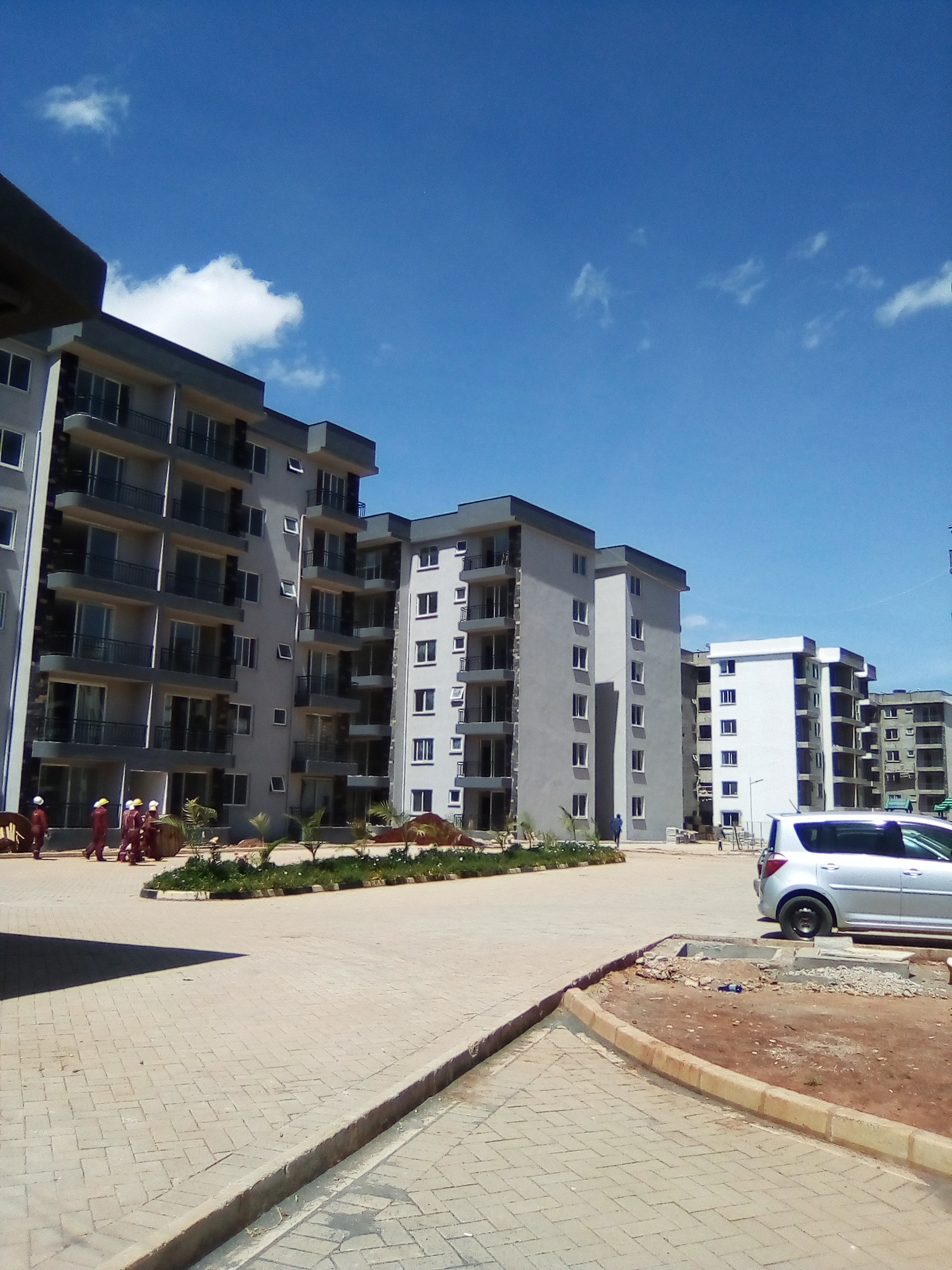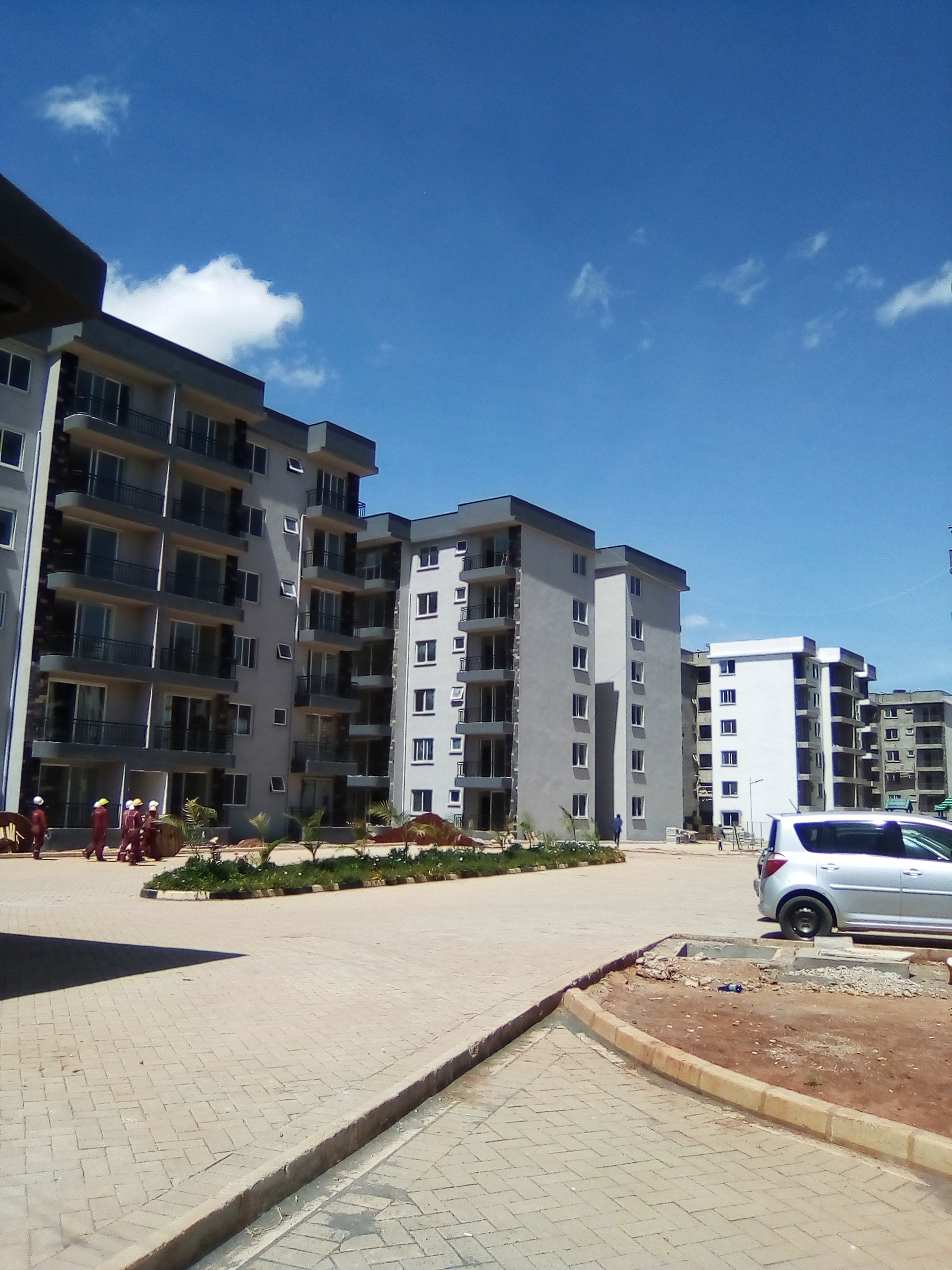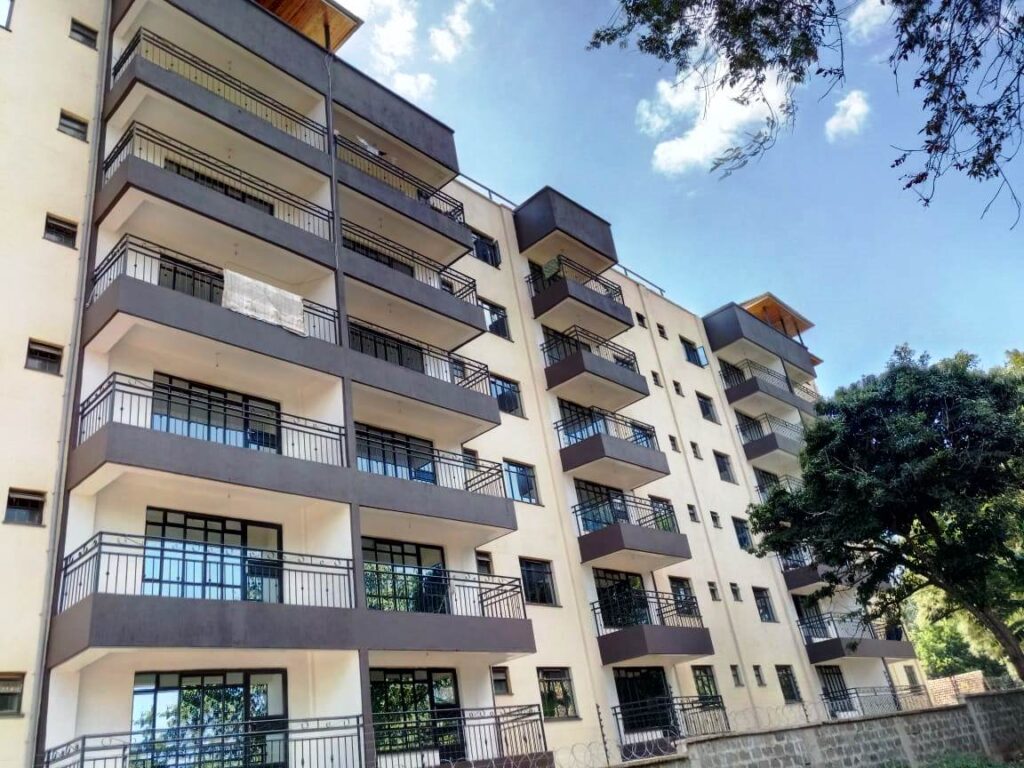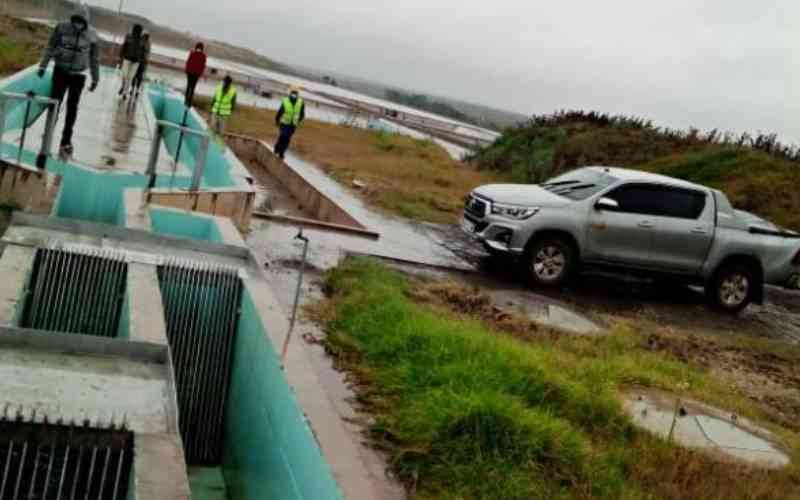
The motorcycle rocks, its threadbare tyres lick the mud as my guide for the day, Felix Maleton, chuckles.
You are lucky it is just muddy water. It is not stinking dirty water."
We are on our way to Narok town on a cloudy Friday evening. Just a few metres from the Nairobi-Narok matatu terminal, we meet Wahawa Njoki, a tall, dark-skinned lively woman in her mid-thirties.
She greets us with a big smile as she fetches water from a tank. Njoki owns a small unpretentious food kiosk, pleasant for its local feel.
Sitting next to a Jua Kali garage, her kiosk is the first stop for matatu drivers, motorcyclists, and other traders in the town.
Her business is pacy. Between selling food and selling water, she gets to go home early, does her household chores, and gets enough rest.
But this was not always the case. A month like this a year ago, she would have closed her business several times because of overflowing sewage, which represented a risk to her customers.
"Previously, when it rained, the town would be choked with untreated sewers and a foul smell everywhere. Health officials would ask us to close our businesses," Njoki recalls.

But overflowing sewage and the accompanying stench were not the only problems Njoki had to deal with. There was a shortage of water, and the little that was available was dirty.
"Operating a business in Narok was tough. First, there was no water, and when it was available, it was dirty," she recalls with relief. "When I sold water to my customers, they would complain of stomach problems and typhoid."
Samuel Maina, who operates a water vending business a few meters from Njoki's Kiosk, agrees.
"I would wake up at three in the morning to queue for water. Sadly, I only managed to fetch water two times, so I couldn't make enough money to sustain my family, "he says while offloading jerry cans of water from his donkey cart.
Today Maina can load his donkey with water at least five times a day, pay his rent comfortably and even spare some money for chamas.
Ismael Onchiri, Senior Estates Officer at the Maasai Mara University says over the years the institution has been grappling with an unreliable sewer system.
"We took up the college facilities as they were, which was not ideally meant for a university. With time we overgrew the capacity of the initial design, and sewage was one of them," Onchiri said.
According to him, the initial system used three ponds to recycle the sewage before being emptied into a soak pit and water released underground.
But with a population of 10,000 students, the university overwhelmed the capacity, causing excess raw sewage to flow into the neighbourhood attracting numerous warnings from local health officials.
"Even though they understood how dire the situation was, they asked us to act on it," he said.
Outside the university's real estate office, a pathway leads to newly- constructed hostels.
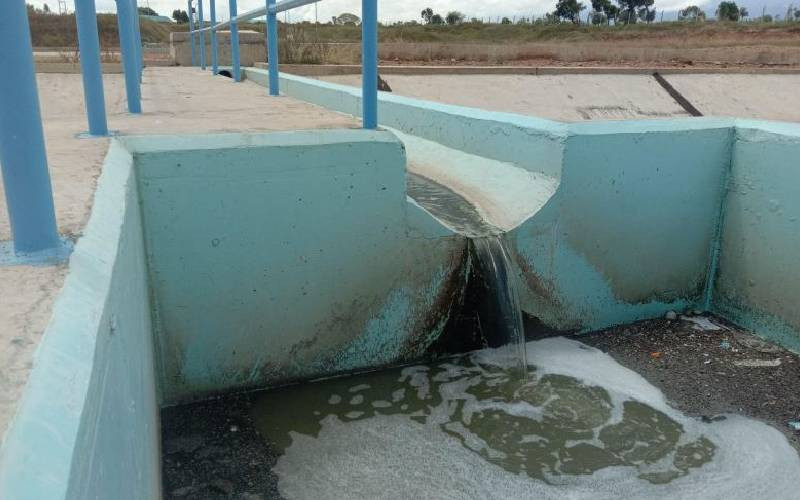
The air feels fresh, and the environment beautiful; bright sunny sky, short green grass which spreads to the gate in the distance with plenty of stylish students going about their day.
As Onchiri walks me through the university, he proudly explains how the sewerage project, now locally known as "Maji ya China," has enabled the university's growth.
This he said, has seen growth including constructing more hostels and admission of more students.
Onchiri said they were comfortable, and their growth was no longer limited to the capacity of the sewer system.
The Weholite technology
This has been made possible following the county's adoption of new technology in the building of a proper sanitation system.
The technology known as Weholite is a modern system designed for the construction of external sewage systems.
It has been introduced to Kenya by the County Government of Narok in partnership with a new entrant in the Kenyan market - Megapipes Solutions.
The government is implementing key water projects across the country, with sewerage projects being implemented in Narok, Kapenguria, Mandera, Marsabit, and Olkalou through the Ministry of Water, Sanitation, and Irrigation.
The Narok Mega Water Project and Sewerage System is part of this program which aims to improve services in towns across the country.
There have been breakthroughs beyond households with traders and big institutions benefitting from the technology.
The Sh1.7 billion 51-kilometre sewerage system is now complete and set to benefit at least 100,000 Narok town dwellers and its environs.
Weholite comprises a lightweight structured wall pipe made from high-density polyethene (HDPE).
The innovation is famous in the construction industry for flexibility, durability, quality, and cost-effectiveness.
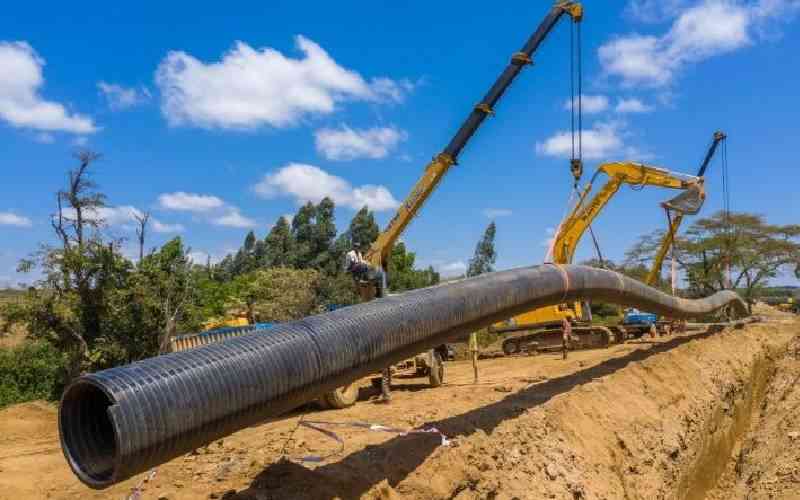
Weholite is a multipurpose innovation with reliable piping for freshwater distribution, highway drainage, or storm and wastewater management.
One of the advantages of Weholite technology over traditional materials is the ease of installation with minimal disruption to communities.
Simon Thomas, Megapipes Solutions director said the technology has a service life of 100 years without any detrimental effect on its integrity compared to concrete, which has a shelf life of about 20 to 40 years.
He said on average, engineers install about 100 meters of HDPE sewer pipes per day which is twice as fast as concrete pipes that have been in use before.
While referring to the project's cost-effectiveness, Thomas said the pipes are developed in high quality and accuracy to reduce time and money spent on installation.
"Due to the ease of construction, there is a reduction in installation time which translates to low costs. Besides, there is a substantial further reduction in carbon emissions," Thomas said.
His sentiments are echoed by Stanley Kuyioni, the managing director of Narok Water and Sewage Services Company, who affirmed his conviction that Weholite technology could be the cure for sanitation and stormwater management challenges in Kenya.
 The Standard Group Plc is a multi-media organization with investments in media platforms spanning newspaper print
operations, television, radio broadcasting, digital and online services. The Standard Group is recognized as a
leading multi-media house in Kenya with a key influence in matters of national and international interest.
The Standard Group Plc is a multi-media organization with investments in media platforms spanning newspaper print
operations, television, radio broadcasting, digital and online services. The Standard Group is recognized as a
leading multi-media house in Kenya with a key influence in matters of national and international interest.

